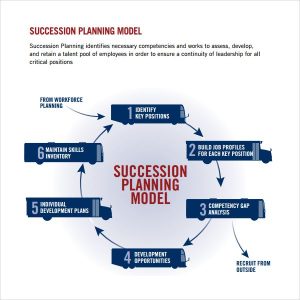
Employee benefits administration refers to the management and execution of various benefits programs offered to employees by an organization. These programs are designed to provide additional incentives and perks to employees, enhancing their overall job satisfaction and well-being.
Types of Employee Benefits
Employee benefits can vary widely depending on the organization and industry. Some common types of employee benefits include:
Health insurance
Retirement plans
Paid time off
Dental and vision coverage
Flexible spending accounts
Disability insurance
Life insurance
Employee assistance programs
Importance of Efficient Administration
Efficient employee benefits administration is crucial for a smooth and effective HR management process. It ensures that employees receive accurate and timely information about their benefits, reduces administrative errors, and helps in compliance with legal requirements.
Roles and Responsibilities
Employers or HR teams handling employee benefits administration have several key responsibilities, including:
Communicating benefits information to employees
Enrolling employees in benefit programs
Managing and updating employee records
Coordinating with insurance providers and other vendors
Processing and resolving employee benefit claims
Ensuring compliance with relevant laws and regulations
Challenges in Employee Benefits Administration
Managing employee benefits can be a complex task, and organizations often face various challenges. Some common challenges include:
Employee eligibility verification
Handling multiple benefit options
Dealing with change requests and updates
Maintaining accurate records
Ensuring data security and privacy
Managing costs and budgets
Benefits Administration Software
To streamline the benefits administration process, many organizations utilize specialized software solutions. These software platforms automate tasks, centralize data management, and provide self-service options for employees.
Advantages of Using Benefits Administration Software
Implementing benefits administration software offers numerous benefits, including:
Improved efficiency and accuracy
Reduced administrative work and costs
Enhanced employee experience with self-service portals
Better compliance with regulations
Real-time access to employee benefit information
Integration with payroll and HR systems
Conclusion
Employee benefits administration plays a vital role in attracting and retaining top talent. By effectively managing and administering benefits programs, organizations can create a more engaged and satisfied workforce. Using benefits administration software can significantly simplify and optimize the process, benefiting both employees and the HR team.

